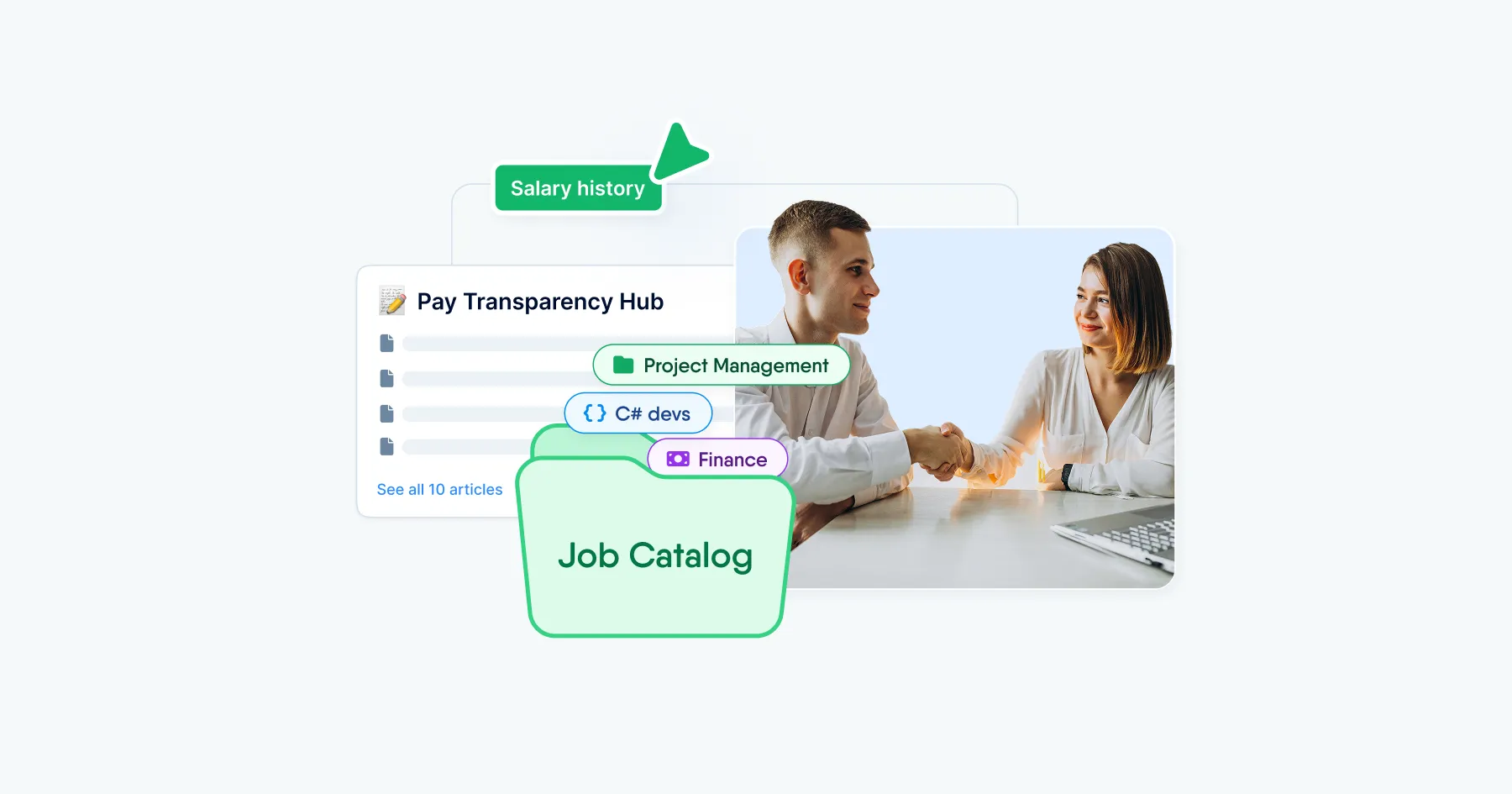Continuous feedback
What is continuous feedback?
What is continuous feedback?
Continuous feedback is the process of sharing information, opinions, or evaluations by someone (like a manager) with another person (such as an employee). This feedback can relate to the individual's behavior, actions, or achieved results. Its purpose is to enhance efficiency, highlight areas needing improvement, and guide development direction.
Providing continuous feedback serves as a communication tool, enabling leaders to shape team behavior transparently and honestly. The key characteristics of continuous feedback include its ongoing nature, meaning feedback should be given in real-time, allowing employees to quickly adjust their behavior and work methods. It should be direct, provided immediately after observing a specific situation, and specific, meaning effective feedback is detailed and pertains to particular behaviors or work outcomes.
Continuous feedback is not a critique of an employee's actions, but a form of communication aimed at supporting their development and providing direction. It can and should be a two-way process, where employees also share their opinions with their superiors or colleagues.
Types of feedback
Feedback can be given as praise, criticism, or constructive criticism. Constructively delivering feedback is a crucial skill for effective leaders. Research by Jack Zenger and Joseph Folkman in 2014, involving 899 employees, revealed interesting findings:
- Employees prefer receiving constructive criticism from leaders more than praises, believing it aids in their career development.
- Older employees are looking for more feedback.
- Generally, people favor receiving positive comments as much as they dislike giving negative feedback.
- Leaders often feel uncomfortable criticizing employees.
Positive feedback
Positive feedback focuses on the best aspects of a person's work or behavior, aiming to reinforce positive actions and encourage their continuation. Regularly provided, it builds motivation, trust, and improves performance.
Negative feedback
Negative feedback, or constructive criticism, addresses behaviors, work results, or actions needing improvement or change. It aims to help the recipient understand which aspects of their work require enhancement for better future outcomes.
Effective negative feedback must be specific, delivered with respect and empathy, and include suggestions for solutions or insightful advice. 92% of respondents in the aforementioned study agreed that appropriately delivered negative feedback effectively improves performance.
The role and importance of continuous feedback in employee development
- Providing feedback helps employees develop professionally by enabling them to adjust more quickly to job requirements and organizational expectations.
- Feedback facilitates the identification of improvement areas, motivates self-development and behavioral changes, and enhances performance.
- Feedback also serves as a tool for building relationships based on openness and respect between employees and managers, and among colleagues.
The value of continuous feedback for the organization
When an organization treats feedback as an integral part of its culture, employees begin to view continuous learning and improvement as valuable. It encourages innovative ideas and provides flexibility, crucial in a rapidly changing business environment. Feedback also helps uncover employees' strengths and guide their development to strengthen the organization's growth.
Other benefits for organizations providing feedback include:
- Strengthening employer branding – feedback indicates a certain maturity and stability of the organization, increasing its attractiveness to candidates.
- Reduction of operational expenses – feedback allows for quick error reduction, thus improving efficiency, since employees understand what the company expects from them and focus on achieving goals. Better overall performance also means lower employee turnover, reducing expenses on recruiting and training new staff.
- Internal development of talents and leaders – systematic feedback helps identify talents and future leaders within the organization. The company can plan its succession strategies and leadership development based on solid data about employees' competencies and achievements.
How to effectively provide continuous feedback to employees?
Feedback can be delivered in many ways, and to increase its effectiveness, it's important to show empathy, be open to dialogue, and be ready to support employee development.
The ideal method largely depends on the organization's culture, the employee's personality, and the goal and content of the feedback itself. You might use one of the following methods or all, depending on the need.
The “Stop, Start, Continue” feedback model
The “Stop, Start, Continue” feedback model focuses on three key areas: what an employee should stop doing, start doing, and continue doing. This simple way of organizing information helps the employee understand specific expectations.
The “Sandwich” method
The “Sandwich” Method involves surrounding negative feedback with two positive comments, starting and ending on positives, with negative feedback in the middle.
The S.M.A.R.T. method
The S.M.A.R.T. Method makes feedback relate to specific, measurable, achievable, relevant, and time-based goals. It helps the employee understand exactly what is expected, what steps they need to take to meet those expectations, and how much time they have to achieve them.
Regardless of the chosen method, providing feedback must occur in an atmosphere of mutual trust. Employees are more receptive to feedback when they feel that the person providing it has their best interests at heart. Clarity of the message, ease of understanding, and unequivocal expression are also important.
The greatest impact is achieved by regularly providing feedback, such as during recurring 1:1 meetings. Celebrating employees' successes and listening to their feedback is also crucial. When all team members feel comfortable giving and receiving constructive feedback, the entire organization has the opportunity for faster development.

